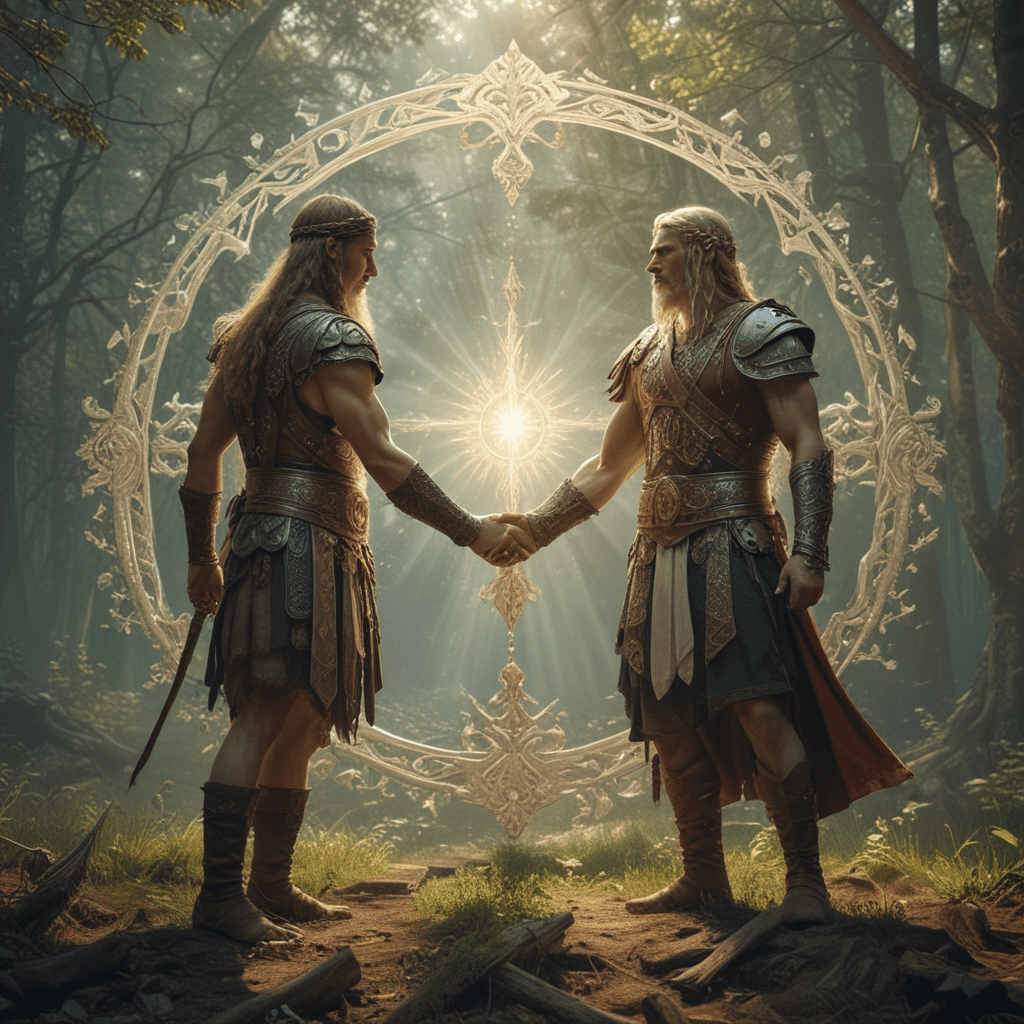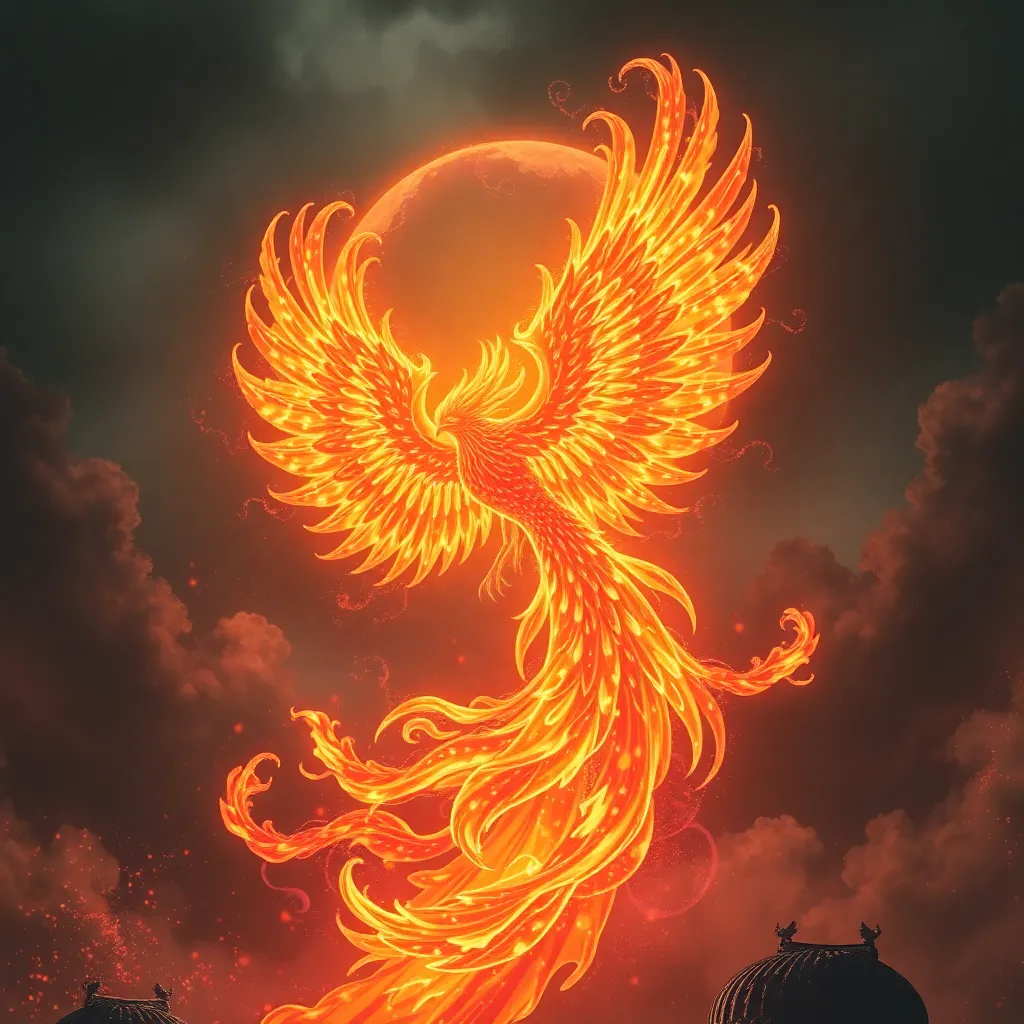The Concept of Dualism in Slavic MythologyIntroduction
Introduction
Slavic mythology, like many other mythologies around the world, is characterized by a strong sense of dualism. This means that many aspects of the world are seen as being in opposition to each other. This dualism can be seen in a variety of ways, including the opposition between good and evil, the sky and the earth, and male and female.
The Duality of Creation
One of the most fundamental aspects of Slavic mythology is the duality of creation. The world is seen as being created by two opposing forces: a good force and an evil force. The good force is often associated with the sky and the sun, while the evil force is associated with the earth and the underworld. This duality is reflected in many Slavic myths and legends, which often feature a battle between good and evil.
Good and Evil
The opposition between good and evil is one of the most common themes in Slavic mythology. This opposition is often seen in the form of a battle between a hero and a villain. The hero is often associated with the sky and the sun, while the villain is associated with the earth and the underworld. This battle is often seen as a struggle for the control of the world.
The Sky and the Earth
The opposition between the sky and the earth is another common theme in Slavic mythology. The sky is often seen as being the home of the gods, while the earth is seen as being the home of humans. This opposition is reflected in many Slavic myths and legends, which often feature a journey between the sky and the earth.
The Sun and the Moon
The opposition between the sun and the moon is another common theme in Slavic mythology. The sun is often seen as being a symbol of life and fertility, while the moon is often seen as being a symbol of death and destruction. This opposition is reflected in many Slavic myths and legends, which often feature a battle between the sun and the moon.
VI. Male and Female
The opposition between male and female is another common theme in Slavic mythology. This opposition is often seen in the form of a marriage between a god and a goddess. This marriage is often seen as a symbol of the union of the sky and the earth.
VII. Light and Darkness
The opposition between light and darkness is another common theme in Slavic mythology. This opposition is often seen in the form of a battle between a god of light and a god of darkness. This battle is often seen as a struggle for the control of the world.
VIII. Fertility and Destruction
The opposition between fertility and destruction is another common theme in Slavic mythology. This opposition is often seen in the form of a cycle of life and death. This cycle is often seen as a way of maintaining the balance of the world.
IX. Order and Chaos
The opposition between order and chaos is another common theme in Slavic mythology. This opposition is often seen in the form of a battle between a god of order and a god of chaos. This battle is often seen as a struggle for the control of the world.
X. Conclusion
Dualism is a fundamental aspect of Slavic mythology. This dualism can be seen in a variety of ways, including the opposition between good and evil, the sky and the earth, and male and female. This dualism reflects the Slavic people's view of the world as a place of both light and darkness, of order and chaos, and of fertility and destruction.
FAQ
- What is dualism?
Dualism is the belief that the world is made up of two opposing forces.
- What are some examples of dualism in Slavic mythology?
Some examples of dualism in Slavic mythology include the opposition between good and evil, the sky and the earth, and male and female.
- What is the significance of dualism in Slavic mythology?
Dualism reflects the Slavic people's view of the world as a place of both light and darkness, of order and chaos, and of fertility and destruction.



